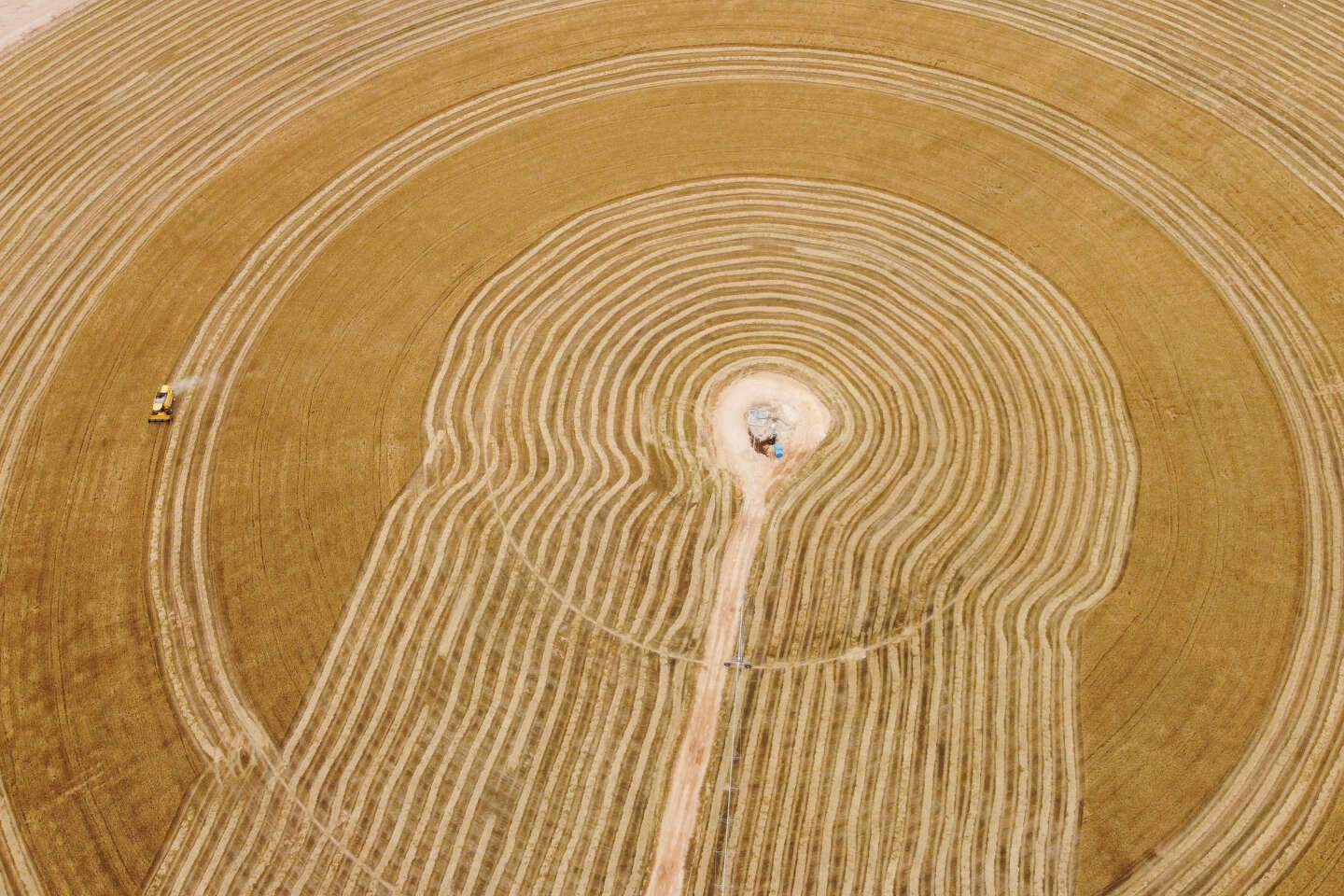The global food system needs to be fixed because it is making the planet sick. » This observation, if it came from environmentalist associations or political groups, would hardly be surprising. But it is the World Bank itself that formulates it, in a report published on Tuesday 7 May, entitled “The recipe for a livable world”. In this analysis of several hundred pages, the Multilateral Development Bank, engaged under the American presidency Ajay Banga, appointed in May 2023to allocate 45% of its funding to climate issues, recognizes the need “dramatically reorient the global agri-food model, whose current form pushes the planet beyond its operational limits”. But the “recipes” proposed by the institution are far from convincing the experts of the agricultural transition.
The sector represents a tier of greenhouse gas emissions at global level, but in the long term it is limited to the arrival of the climate agenda in relation to energy, industry or transport, for which “the development of some key technologies can significantly reduce emissions”, notes the World Bank. On the other hand, “As much as possible, the world has avoided addressing the problem of agri-food emissions, due to their scale and complexity”continues.
In terms of climate finance, only 4.3% is allocated to agriculture and food, and if we consider the sums allocated to reducing greenhouse gas emissions, the disproportion is even more evident, since the sector only receives 2.4% of the committed amounts – an effort the institution describes as“anemic”. However, food-related emissions alone could make it impossible to reach the goal set in the 2015 Paris Agreement of limiting warming to 1.5°C.
Multiply climate finance by eighteen
The World Bank highlights that to achieve carbon neutrality in the sector by 2050, annual climate investments in agriculture and food should be multiplied by eighteen, to reach 260 billion dollars (240 billion euros) per year . But the good news, according to the institution, is that the money is there: the sum to be invested represents less than half of the public subsidies for the agricultural sector. “Agricultural subsidies are clearly part of the answer, and reorienting them does not mean eliminating them but spending them more efficiently, so as to increase productivity”specifies Alexander Lotsch, co-author of this report.
